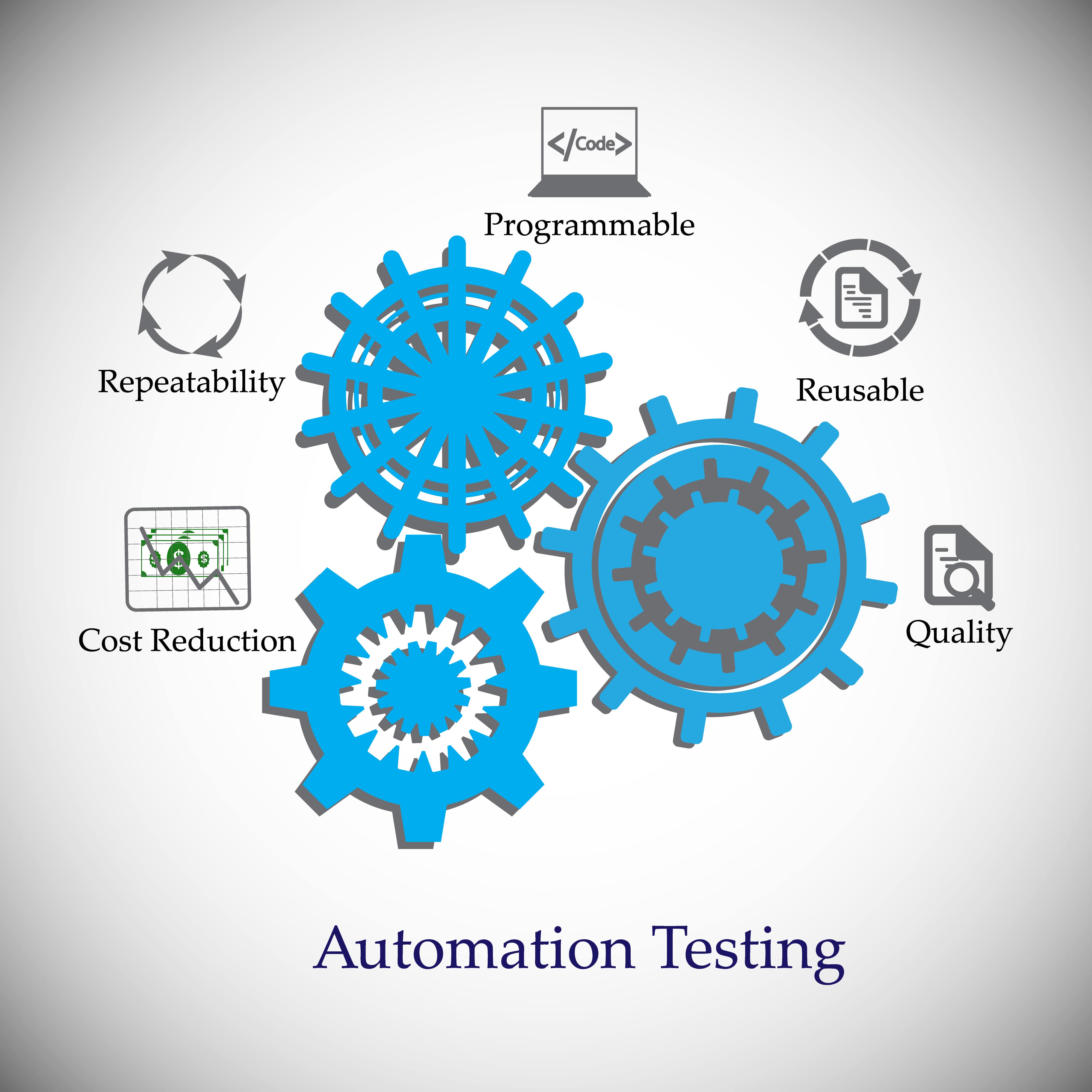Effective Automation Testing: Enhancing Software Program Reliability and Rate
From Manual to Automated Screening: A Comprehensive Overview to Transitioning Efficiently and Effectively
In the world of software program screening, the change from manual to automated processes has actually come to be a significantly crucial transition for companies seeking to boost effectiveness and accuracy in their screening practices. The trip from handbook to automated testing is not without its obstacles, yet when approached strategically and with a clear strategy in mind, the advantages can be significant.
Advantages of Automated Checking
Automated testing provides numerous advantages, boosting efficiency and accuracy in software development processes. One main benefit is the considerable reduction in screening time. Automated examinations can be run all at once on multiple gadgets and running systems, dramatically quickening the testing phase compared to hands-on screening. This enhanced performance allows for faster comments on the top quality of the software, allowing designers to identify and deal with concerns quickly.
Additionally, automated screening makes certain a higher degree of precision in spotting flaws. Consistency in screening is likewise enhanced, as automated tests implement the same steps specifically each time they are run.
Selecting the Right Tools

Firstly, evaluate your purposes and demands. Understand the scope of your project, the innovations involved, and the ability collection of your group. This evaluation will aid you establish the functions and capacities you call for in your testing tools.
Second of all, think about the compatibility of the tools with your existing processes and systems. Smooth assimilation with your existing software application growth lifecycle is necessary to ensure a smooth change to automation.
Furthermore, assess the scalability and flexibility of the devices. As your screening needs evolve, the devices ought to be able to adapt and fit modifications effectively.
Last but not least, consider the support and area around the devices. Robust support and an energetic user area can supply important resources and aid when applying automated testing. By very carefully thinking about these elements, you can select the right devices that line up with your requirements and established the phase for a successful shift to automated testing.
Creating Efficient Test Manuscripts

When crafting examination scripts, it is vital to think about the particular requirements of the software being examined and make sure that the scripts resolve all important performances. Descriptive and clear naming conventions for examination scripts and examination instances can boost readability and maintainability. Furthermore, incorporating mistake handling systems within the test manuscripts can aid in determining and addressing concerns quickly.
In addition, arranging test scripts into modular elements can enhance reusability and scalability, lowering redundancy and enhancing efficiency in examination script maintenance. Normal reviews and updates to test manuscripts are crucial to equal developing software demands and capabilities. By following these concepts, testers can create efficient and durable test scripts that add considerably to the success of automated screening processes.
Integrating Automation Into Workflows
Effective assimilation of automation tools into existing process improves and simplifies processes performance within software growth cycles. When incorporating automation right into workflows, it is crucial to determine repeated jobs that can be automated to conserve time and reduce human error. By perfectly integrating automated testing tools like Selenium or Appium right into the software program development lifecycle, teams can attain faster feedback on code modifications, leading to quicker insect discovery and resolution. This assimilation permits for continuous testing throughout the development procedure, ensuring that any issues are identified early on, causing higher software program top quality. In addition, automation can be made use of to cause tests instantly after each code devote, supplying prompt recognition and maximizing testers to concentrate on even more complicated circumstances. Correct assimilation of automation devices calls for collaboration between growth, testing, and operations groups to develop a unified workflow that optimizes performance and effectiveness in providing top notch software program products.
Making Certain a Smooth Change
Effectively transitioning to automated testing entails careful planning and careful implementation to minimize disruptions and optimize effectiveness in the software application growth procedure - automation testing. To make certain a smooth shift, it is crucial to begin by conducting an extensive assessment of the present screening procedures and determining locations where automation can bring the most substantial benefits. Engaging with all stakeholders early at the same time, consisting of developers, testers, and task managers, is essential for garnering assistance and buy-in for the automation campaign
Communication is essential throughout this change phase. Clear interaction of the objectives, advantages, and assumptions of automated screening assists to manage any type of resistance discover here or concerns that may arise. Furthermore, providing appropriate training and resources for staff member to upskill in automation devices and strategies is important for ensuring an effective shift.

Conclusion
Finally, transitioning from handbook to linked here automated screening offers various benefits, consisting of increased efficiency and reliability. By selecting the ideal devices, composing reliable test scripts, and incorporating automation perfectly right into operations, organizations can ensure a successful and smooth shift. It is necessary to embrace automation as a beneficial asset in software screening processes to improve general top quality and performance.
In the realm of software program testing, the change from handbook to automated processes has ended up being a progressively essential shift for organizations looking for to enhance effectiveness and precision in their screening methods. Automated examinations can be run concurrently on multiple devices and running systems, significantly speeding up the testing phase contrasted to hand-operated screening. Uniformity in testing is additionally boosted, as automated tests implement the exact same actions precisely each time they are run.To make certain the effective application of picked testing devices, the production top article of reliable examination scripts plays a crucial function in verifying the performance and performance of automated processes - automation testing. By adhering to these principles, testers can develop efficient and robust test scripts that add considerably to the success of automated testing procedures